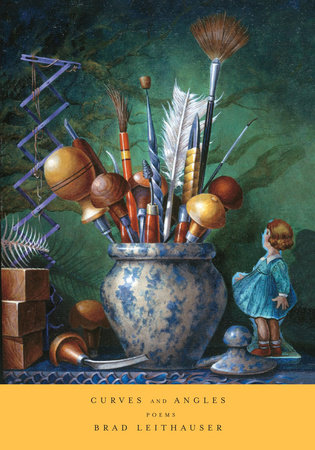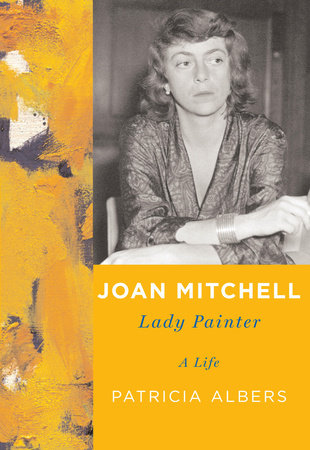Q: Congratulations on winning the National Humanities Medal. I understand that you have a previous connection to this award—what exactly is it? A: I was working as an arts reporter for the Washington Post in 1965 when President Johnson signed into law the Act that established the National Endowments for the Arts and Humanities. So, imagine, it was all a bit surreal to actually be receiving the Medal.Q: How did you decide to write a memoir about your biographies?A: I set out originally to draw portraits of my parents and their very humble backgrounds—my grandfather on my mother’s side died destitute from Tuberculosis and no portrait of him exists. At the same time I wanted to invoke a vanished age, the way of life surprisingly intact, of the 18th century town of Bath, and then write about my emigration to Canada, and the improbable career path that I followed with no money and no contacts. My editor at Knopf liked it a lot but thought it had no future, so I left it for a year and came back with the idea of telling the back stories about the books I’ve written. The irony is that people are now asking why I didn’t tell more about myself! Q: Of the nine biographies you’ve written, who was your favorite subject? Why? Least favorite? A: Frank Lloyd Wright is by far my favorite subject, since like the other great heroic figures of the nineteenth century, one can hardly believe one man could get into so much trouble and still triumph. He left a lucrative practice in Chicago in 1909 to run off with a married woman (by then he himself was married, with six children of his own). After he built them a country house in Wisconsin, she, her two children and four others were murdered by a demented servant. Then his house burnt to the ground. He survived bankruptcy, jail, ignominy, law suits and much else before eventually becoming the most important American architect of all time. If that isn’t a life of operatic dimensions, I don’t know what is.My least favorite is Richard Rodgers, because I never could develop the sympathetic appreciation for the person himself that I think every biographer needs. I am sure it was a failing in me.Q: When was the first moment you thought of yourself as a biographer? Would you consider that your career?A: I never did think of myself as a biographer. In my dreams I am still working at my desk at the Washington Post, only they don’t know it.What I mean to say is, so many techniques one learns in journalism can be directly applied to the way contemporary authors uncover the stories about their biographical subjects. It’s a process of investigation and whenever I uncover something new the instinct is there to put it in print.Q: You speak quite fondly about your first writing job, as a woman’s editor at the Hamilton News in Hamilton, Ontario. How did this experience prepare you for your later work reporting at the Washington Post and then writing books?A: In a way my first job was my best. I was hired at nineteen to be the Women’s editor of the Hamilton News, a tiny Canadian paper in Hamilton, Ontario, and thrown into life as a journalist at an admittedly shallow end. I had just emigrated to Canada with my parents, there was a staff of four, we were hopelessly pitted against a large and prosperous daily, and our only goal in life was to scoop them. Whenever we accomplished this almost impossible task, we all went out and got drunk. Nobody read the results except, of course, my mother.Q: For your title, you take Justin Kaplan’s first rule of biography. Where in your work did this first come up? Do you recall any moments when this particularly resonated? A: Justin put the idea into my head early in my career and it burned itself onto my brain after the horror of trying to tell the honest truth about Kenneth Clark. The biggest problems with the Clark biography centered around the fact that his wife, Lady Jane Clark, rejected her first-born son Alan. (The subsequent twins, Colin and Colette, were less affected.) Her attitude towards Alan was particularly damaging; he hated her and it affected his whole life. All three children wanted to, and did, talk at length about their mother’s addictions to drugs and alcohol. But when I quoted them they had fits of remorse and wanted everything removed. Poor Kenneth Clark, who had never faced the subject even though his wife was said to have “fallen down in more embassies than any woman in London,” never recovered from the shock of seeing his children’s blunt opinions in print. I should never have written the book.Q: Any words of advice you’d like to impart to aspiring biographers? Besides “Shoot the Widow,” of course.A: I could write a book about all the things I’d like to tell the young biographer. Most of all I’d say, believe in yourself and tell the honest truth.Getting back to my title, the central problem of biographical writing is that one is constricted on two fronts: first, the law of libel and second, the widow, metaphorically speaking. Libel is the tough one. You won’t be protected by your publisher, to whom you will always be an independent contractor. So what you can say about the living will be guided by legal constraints. On the other hand, being free to draw your own conclusions is crucial, and you, the author, must have your editorial independence. However, not everything that could be said needs to be said. This is where an acceptance of our human frailty needs to come in or, as Kenneth Clark used to say, “Our old friend, judge not.”Q: Which figure proved to be most difficult for you to write about? Was anyone particularly accessible?A: Each biography was beastly to write in its own way. Perhaps the most beastly was the Leonard Bernstein, which was written with no access and overt hostility. It was one of my best, and the New York critics attacked it. Being a biographer is hard. On the other hand, my portrait of Sondheim is another book I am proud of, and that was one of the easiest to write and got tons of compliments. So you can’t tell.Q: Do you have plans to write any more biographies? Is there anyone you’ve ever dreamed of writing about? A: I’m working now on a portrait of the Italian artist Amedeo Modigliani. He lived the flamboyant life of the Bohemian in Paris at a seminal moment alongside Derain, Soutine, Utrillo and Picasso. Modigliani also died young, aged 35, of Tuberculosis, just like my grandfather. He was also destitute, a fact that no one seems to appreciate—Modigliani is always portrayed as a shambling alcoholic. His life is dramatic, tragic and curiously, and almost completely misunderstood, despite all the biographies and films. So naturally I can’t resist it. And then there is another pet project of mine that I want to write and have for years. But until I get a contract on that one I’m not talking, because as everyone who publishes appreciates, you can’t copyright an idea.














